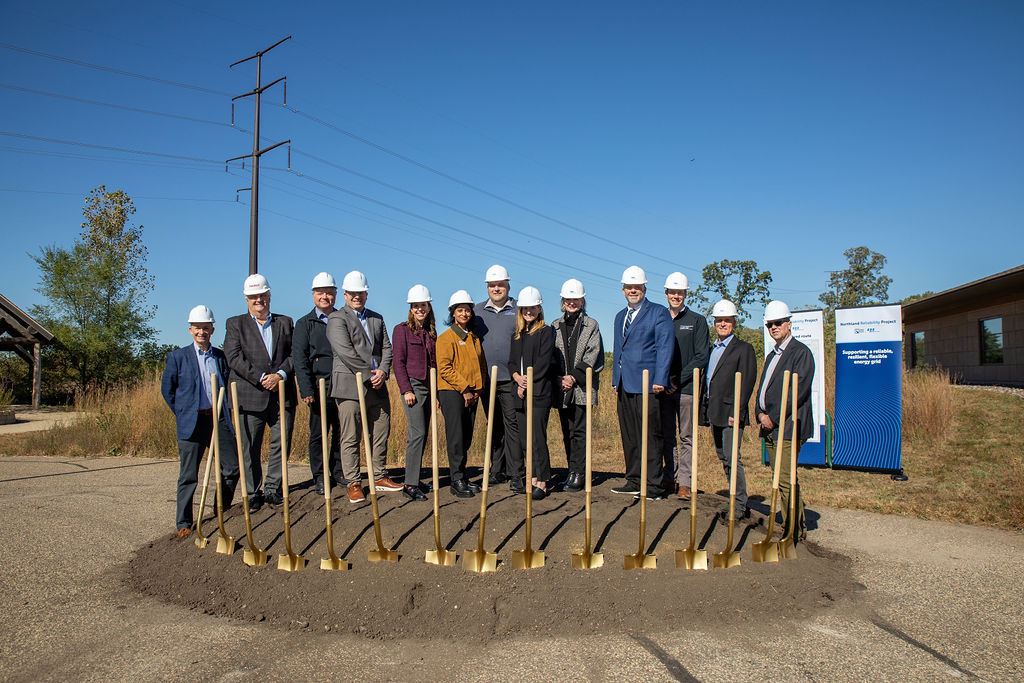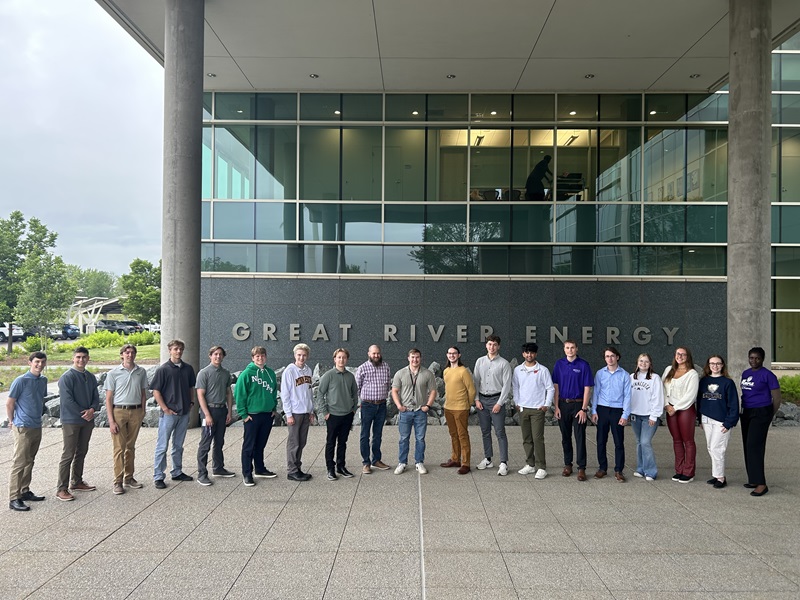Minnesota is one of several states that has enacted legislation to reduce carbon dioxide emissions from electric utilities. The state’s carbon-free standard requires that 90% of electric utilities’ retail sales be provided by carbon-free power supply by 2035.
Serving more than 700,000 members across Minnesota and parts of Wisconsin, Great River Energy is a wholesale power provide that has spent more than a decade reducing its carbon dioxide emissions and is well positioned to meet Minnesota’s standard. The cooperative is a leader in adopting innovative energy solutions and crafting a portfolio of diverse power supply resources to ensure affordability, reliability and sustainability.
Core renewable energy portfolio
Great River Energy has more than 950 megawatts (MW) of wind energy from eight large wind farms in the Midwest to serve its members. Wind’s increasing efficiency and the strong wind conditions in our region make wind a competitive energy choice, and the cooperative has plans to double its wind energy capacity over the next few years.

Dispatchable peaking plants
To provide reliability for its members and the grid, Great River Energy relies on natural gas-fired peaking plants. These plants are designed to quickly ramp up electricity production when needed, ensuring a stable supply of power.
Natural gas, although a fossil fuel, produces fewer emissions than coal and has been instrumental in Great River Energy’s ability to embrace renewables without sacrificing reliability and safety. Great River Energy’s largest peaking plants also have back-up fuel oil on site which provides year-round flexibility to operate in all conditions.
“To maintain grid reliability — especially during hot days, cold nights and periods with little wind energy — Great River Energy relies on natural gas-based peaking plants,” said Great River Energy Vice President and Chief Power Supply Officer Jon Brekke, “These plants are designed to start quickly and ramp up electricity production when needed, ensuring a stable supply of power.”
Diverse generation mix
Fuel oil, coal and hydropower play a smaller role in Great River Energy’s power supply, but each fulfills an important purpose in supplying reliable energy to its member owners.
While Great River Energy is moving its power supply portfolio toward more renewable energy, around-the-clock power supply resources remain important. Great River Energy owns and operates Spiritwood Station, a flexible fuel plant in North Dakota that blends coal and natural gas to produce baseload power.
Great River Energy also contracts with Rainbow Energy in North Dakota for 550 MW of electricity to meet demand and energy needs while it develops new wind resources. The amount of electricity Great River Energy receives from Rainbow Energy will be stepped down in increments until 2031 as more renewable resources come online.
Energy storage technology improving
An element of Great River Energy’s future energy strategy is large-scale energy storage. The cooperative is partnering with Form Energy on a pilot project to deploy a long-duration, iron-air battery next year that can provide electricity for up to 100 hours.
This technology could potentially allow Great River Energy to store excess energy generated from renewable sources during periods of high production and then discharge it during times of low generation, significantly improving the reliability of renewable power and the grid.
Great River Energy’s diverse energy portfolio, combined with its commitment to innovation and sustainability, positions the cooperative to meet state emissions standards, while maintaining the reliability and stable rates members depend on.
 " data-object-fit="cover">
" data-object-fit="cover">
 " data-object-fit="cover">
" data-object-fit="cover">